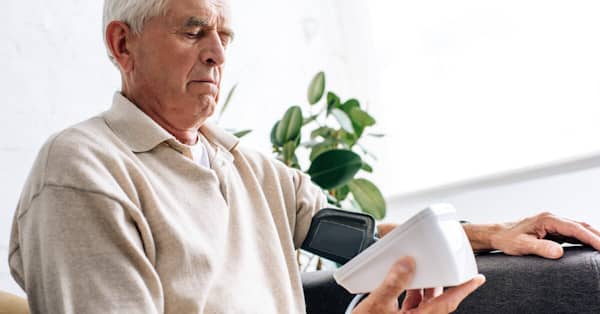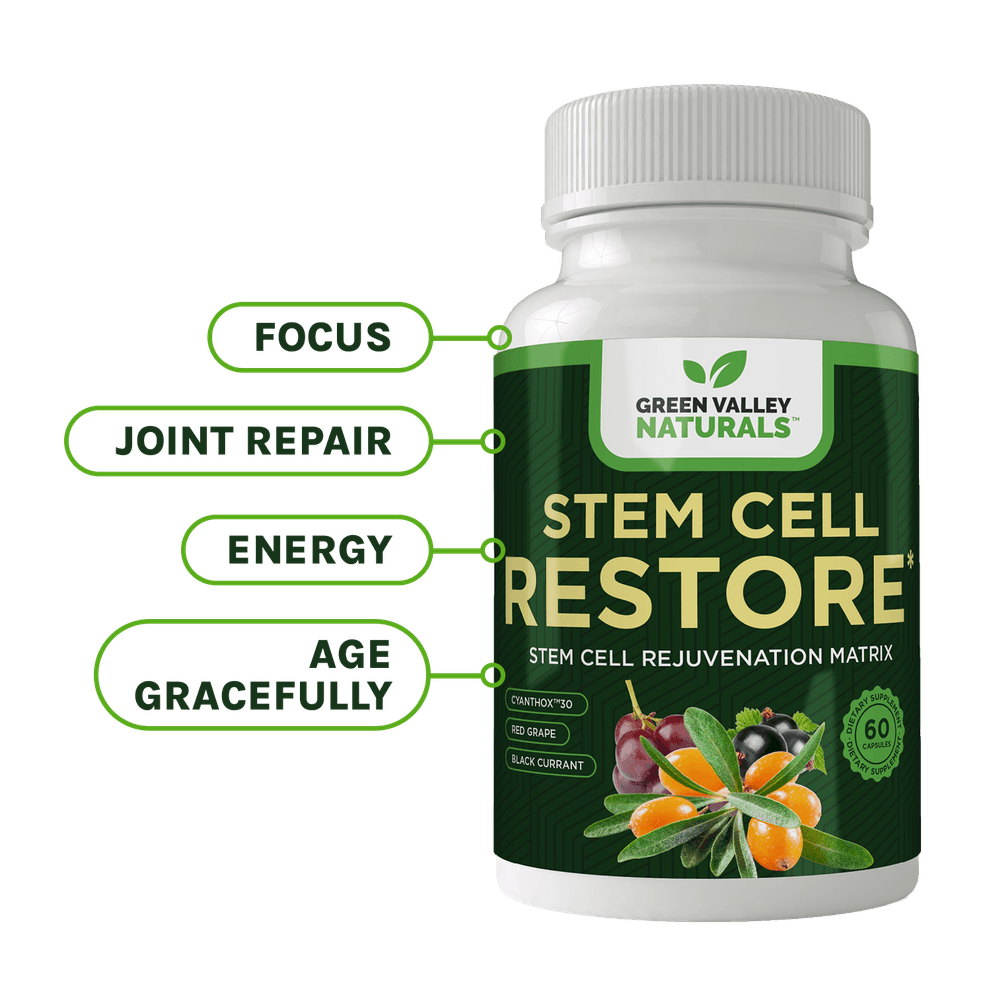
It’s silent. It’s sneaky. And it could already be damaging your heart, brain, and memory without you even feeling a thing. But what if the most powerful tool to catch it early—and possibly stop it—was something you could easily do at home? New research reveals that a simple, often-overlooked habit could make all the difference for the 103 million Americans grappling with high blood pressure. Are you doing it?
Key Takeaways
-
Home blood pressure monitoring is more accurate and predictive of early heart disease than office visits alone.
-
Not all home monitors are created equal—using an FDA-approved, upper-arm device is critical for accurate readings.
-
Simple practices like proper posture, cuff sizing, and consistency dramatically improve the reliability of home readings.
The One At-Home Habit That Could Save Your Heart and Mind
High blood pressure is a major risk factor for heart disease and stroke. It can also lead to memory loss by causing brain lesions called white matter hyperintensities. From diet to exercise, we’ve explored almost every way to manage hypertension naturally.
However, I recently came upon new science from the American Heart Association (AHA) that was intriguing.1
According to research presented at the American Heart Association's annual meeting, more than 70 percent of the 103 million American adults who have hypertension could manage it successfully by doing one simple thing: monitoring it at home.
A recent study compared three blood pressure monitoring techniques, including office readings, ambulatory blood pressure monitoring (a 24/7 device not widely available), and home monitoring. Home monitoring was more consistently reliable than the other methods and more closely associated with revealing this warning sign of early heart disease.2
Why Home Monitoring?
Home blood pressure monitoring makes sense for various reasons. For instance, occasional doctor’s office visits may not give you an accurate picture of your blood pressure levels.
Many folks – me included – sometimes experience what’s called “white coat hypertension” in the nerve-racking confines of a doctor’s office.
On the flip side, about 12 percent of Americans will experience the reverse.3 It’s called “masked hypertension,” which means they get normal readings at the physician’s office but higher ones at home.
It’s no wonder experts at the AHA recommend home monitoring for people whose blood pressure is climbing into the range of 130/80 mm Hg or higher.
Buyer Beware
But before you reach for your credit card and order just any home monitor, do your homework.
The AHA says the device should measure blood pressure on the upper arm, producing a more reliable result than those that measure blood pressure from the wrist.
Many of these devices are automated, and results are displayed digitally. Others store the readings, making it easy to average them and share them over time and with your doctor.
Once you’ve made your purchase, taking your device to your next doctor’s appointment is not a bad idea. You can determine how close your home monitor’s reading is to the doctor’s.
Don’t skip this step. A report published in the journal Hypertension offers some concerning news for consumers in Australia.4
As few as six percent of devices sold to self-monitor blood pressure are tested for accuracy. These findings are based on data from Australia’s online marketplace, but some of these suppliers serve markets nationwide. It’s important to note that in the United States, such devices need to be approved by the Food and Drug Administration (FDA) and, therefore, have been tested.
In the United States, there’s a list of validated home monitors commissioned to meet the American Medical Association's criteria. The Advancement of Medical Instrumentation, the British Hypertension Society, and the European Society of Hypertension also certify devices.
Another good idea is to have a doctor or nurse observe your blood pressure measuring technique to ensure you do it correctly.
Home Monitoring: Best Practices
The AHA offers some great advice when it comes to getting the most accurate blood pressure reading at home.
Size matters: Make sure the cuff fits your arm. If it’s too small, it can artificially raise your blood pressure reading. And also use it on a bare arm.
Prep work: Do not smoke, drink caffeinated beverages, or exercise within 30 minutes of measuring your blood pressure. Empty your bladder before monitoring; a full one can temporarily raise blood pressure. Also, relax for about five minutes before taking the measurement. Resist the urge to chat or look at a cell phone.
Posture perfect: Sit in an upright position with your back supported, feet flat on the floor, and your arm supported at heart level. Make sure the bottom of the cuff is directly above the bend of the elbow.
Understand the variables: Some medications can elevate blood pressure, including over-the-counter pain relievers such as NSAIDs and common decongestants. Alcohol, caffeine, smoking, salt intake, and stress can boost your numbers, too.
Consistency counts: Try to avoid being overzealous in your monitoring. However, if you’re trying to compare apples to apples, it’s best to measure your blood pressure at the same time every day. For example, the morning, before you've eaten or had your morning coffee, is a perfect time to take a reading. The AHA recommends taking two or three readings one minute apart to ensure the greatest accuracy.
"Blood pressure fluctuates a lot, so a patient shouldn't worry about one high reading," says Paul Muntner, professor of epidemiology and associate dean for research at the University of Alabama at Birmingham 5
"If the average over a full week is high, there's reason for people to talk to their doctors. If not, people should continue practicing heart-healthy behaviors and check their blood pressure in the future."
Are you unsure if your blood pressure is high? The American Heart Association can provide more information.
Just be aware that the medical profession’s benchmark for what’s high has shifted over the years, and the current recommended levels are the lowest ever. In other words, the definition of “high blood pressure” is debatable. I would want to know if my blood pressure is unmistakably high before agreeing to take any medications. I would also exhaust all the natural means of controlling blood pressure before taking a drug.
Summary
High blood pressure is a leading cause of heart disease, stroke, and memory loss, but many people are missing early warning signs. Research presented by the American Heart Association reveals that home monitoring is often more reliable than readings at a doctor's office. This article explores why home monitoring is critical, what to look for when purchasing a device, and best practices for getting accurate readings. With the right technique and equipment, managing hypertension naturally—and catching early signs of trouble—may be easier than ever.
Frequently Asked Questions
Why is home blood pressure monitoring more accurate than doctor’s office readings?
Because factors like anxiety (white coat hypertension) or calmness (masked hypertension) can skew in-office results.
What type of home blood pressure monitor should I buy?
Choose an FDA-approved, upper-arm monitor that has been validated for accuracy.
How should I prepare before taking my blood pressure at home?
Relax for 5 minutes, avoid caffeine, exercise, smoking, or a full bladder, and sit upright with your arm supported.
How often should I check my blood pressure at home?
The AHA suggests checking it at the same time daily, ideally taking two to three readings one minute apart.
Can over-the-counter medications affect my blood pressure readings?
Yes—NSAIDs, decongestants, caffeine, alcohol, salt, and stress can all temporarily raise blood pressure.
- American Heart Association News. (2018, November 27). Hypertension guidelines, one year later: Monitoring the change. American Heart Association.
- Schwartz, J. E., Muntner, P., Kronish, I. M., Burg, M. M., Pickering, T. G., Bigger, J. T., & Shimbo, D. (2020). Reliability of Office, Home, and Ambulatory Blood Pressure Measurements and Correlation With Left Ventricular Mass. Journal of the American College of Cardiology, 76(25), 2911–2922.
- Pickering, T. G., Eguchi, K., & Kario, K. (2007). Masked Hypertension: A Review. Hypertension Research, 30(6), 479-488.
- Picone, D. S., Deshpande, R. A., Schultz, M. G., Fonseca, R., Campbell, N. R. C., Delles, C., Hecht Olsen, M., Schutte, A. E., Stergiou, G., Padwal, R., Zhang, X. H., & Sharman, J. E. (2020). Nonvalidated Home Blood Pressure Devices Dominate the Online Marketplace in Australia: Major Implications for Cardiovascular Risk Management. Hypertension (Dallas, Tex. : 1979), 75(6), 1593–1599.
- American Heart Association News. (2020, May 22). How to accurately measure blood pressure at home. American Heart Association.
Stem Cell Restore
Increased Energy from Organic Tibetan Sea Buckthorn Trans-Resveratrol, Vitamin D

